While the prospect of customizing your website to suit unique preferences and personal style is enticing, there are specific and indispensable steps that every aspiring website designer must undertake. Follow this comprehensive guide to learn how to design a website, encompassing crucial tasks such as defining the site’s purpose, selecting an appropriate website designing platform, crafting the site’s architecture, populating it with essential content, and ultimately launching your website into the digital realm.
1. Define the Site’s Purpose
Begin by articulating the website’s objectives, identifying the target audience, and delineating the desired outcomes. It is essential to have a clear understanding of why you are creating the website. Consider factors such as whether you aim to drive downloads, sales, reservations, appointments, engagement, or expand your audience.
This clarity about the website’s purpose will serve as a compass, guiding subsequent decisions in terms of content strategy, platform selection, theme choice, and page architecture.
2. Choose Your Platform
Once the purpose is defined, explore website builders aligned with your goals. These do-it-yourself (DIY) tools are designed to facilitate website creation even for those with no coding knowledge. There are platforms tailored for specific purposes, such as e-commerce, blogs, and portfolios.
Utilize platforms that offer customizable templates, enabling you to add your own text and images. Evaluate their suitability based on your site’s purpose, and choose one with a user-friendly drag-and-drop interface.
3. Gather Your Brand Elements
Brand elements, including colors, fonts, and images, play a pivotal role in unifying your website’s aesthetic. Begin with establishing a cohesive color scheme, working with primary and complementary colors. Select text styles that resonate with your brand’s identity, considering the connotations of serif, sans-serif, and script fonts.
The inclusion of relevant, high-quality images captures user attention and ensures a favorable impression. Carefully curate these elements to embody your brand’s essence.
4. Select a Template or Theme
Choose a theme or template that defines the layout of your site—how images, text, and buttons are arranged. Themes are pre-designed layouts crafted to simplify the website design process, especially for beginners.
Many platforms provide a variety of templates categorized by industry, each with built-in features relevant to specific sectors. Preview and select a theme that aligns with your site’s purpose and resonates with your envisioned design.
5. Map Out Your Site
Visualization is key to a well-structured website. Map out the pages that will appear on your site and their interconnections. Consider the number of pages, their content, and the overall layout to provide a guide during the design phase.
This step streamlines the design process, ensuring a cohesive and organized structure that enhances user experience.
6. Design Each Site Element
Utilizing your chosen template, website map, and design vision, begin crafting essential site elements such as the menu, header, footer, and search bar. These elements structure your website for easy navigation.
- Menu: Ensure the menu is accessible on every page, keeping it uncluttered for a seamless user experience.
- Header and footer: Enhance user engagement with a well-designed header featuring the navigation menu and logo, while the footer provides additional information such as contact details and terms of service.
- Search bar: Use a magnifying glass or a box, but place it at a prominent part of every page. The top-left or top-right corner is often the best.
7. Customize Your Web Pages
Tailor your content to align with the website’s purpose while ensuring a cohesive and organized structure. Essential web pages include:
- Home Page: Summarize your website with the logo, business name, and a user-friendly navigation menu for an organized and eye-catching introduction.
- Product or Service Page: Clearly communicate offerings, enabling visitors to make purchases. For e-commerce, include catalog and detailed item display pages.
- About Page: Introduce your brand, share your story, communicate values, and highlight what sets you apart from others.
- Blog Page: If using blogging for content marketing, create a page displaying snippets of published posts, allowing users to click on topics of interest.
- Contact Page: Provide various communication options, including phone, email, social media, and a contact form.
Additional Pages:
- Custom 404 Page: Direct visitors to a customized error page when they land on non-existent pages, incorporating your logo or a lighthearted message.
- FAQ Page: Address common visitor questions to enhance user experience and reduce the need for direct outreach.
- Testimonials: Showcase client reviews and awards to build credibility and trust with your audience.
8. Test and Launch Your Website
Before the website going live, conduct thorough testing. Evaluate loading times, content readability, linking functionality, mobile responsiveness, contact forms, and any other elements influencing user experience.
Seek feedback from friends, family, and colleagues to gain diverse perspectives on your website’s design. Once issues are addressed and feedback incorporated, proceed to publish your website.
9. Optimize Your Content
After designing and launching your website, prioritize ongoing optimization for a seamless user experience. Implement measures such as:
- Mobile Responsiveness: Ensure content reformats for different screen sizes, and consider activating a mobile app for additional assurance.
- Internet Linking: Utilize internal links to establish authority and guide users to relevant pages.
- Media Optimization: Optimize media files to prevent performance issues, focusing on relevant and appropriately sized images and videos.
- SEO: Implement search engine optimization strategies, such as adding alt texts to images and using readable URLs, to enhance your website’s visibility.\
For more information, visit QC Fixer Website.



